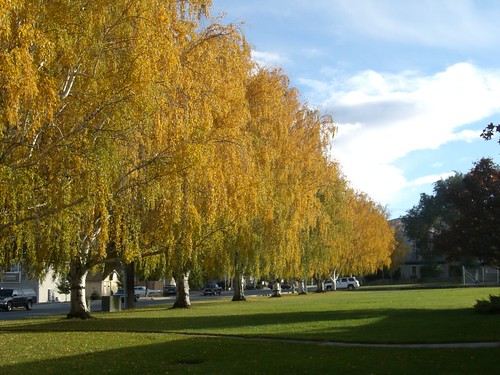
With large areas of our planet heating up because of climate change, some trees (and plants) are pulling up roots and heading north, to higher elevations and to cooling climes—well, sort of.
A U.S. Forest Service-led study suggests there are a few dozen tree species in the eastern U.S. that are moving north at an unexpected rate.
“For some plants and trees, moving north is real and their only chance for survival,” said Chris Woodall, a research forester for Northern Research Station and the study’s author. “Our study confirms a link between global warming and forest migration. It’s no longer conjecture.”
In fact, some tree species may be able to migrate from their home range more than 60 miles in a century. That could mean the yellow birch from the eastern U.S. might cross into Canada by the early 2100s. Other trees that are moving north or to higher elevations include the northern white cedar, American basswood, sugar maple, black ash and bigtooth aspen.
Trees depend on wind currents, birds or other animals to transport their seeds. Now seeds deposited in northern ranges, that were once too cold for these species, have also warmed and are now suitable for some migrating trees and plant species to take root.
Another study led by the University of Arizona found Alligator juniper at an elevation of 3,500 feet in the upland desert and grasslands of the Catalina Mountains near Tucson. Today, you won’t find the first stands of alligator junipers until you reach 5,000 feet.
